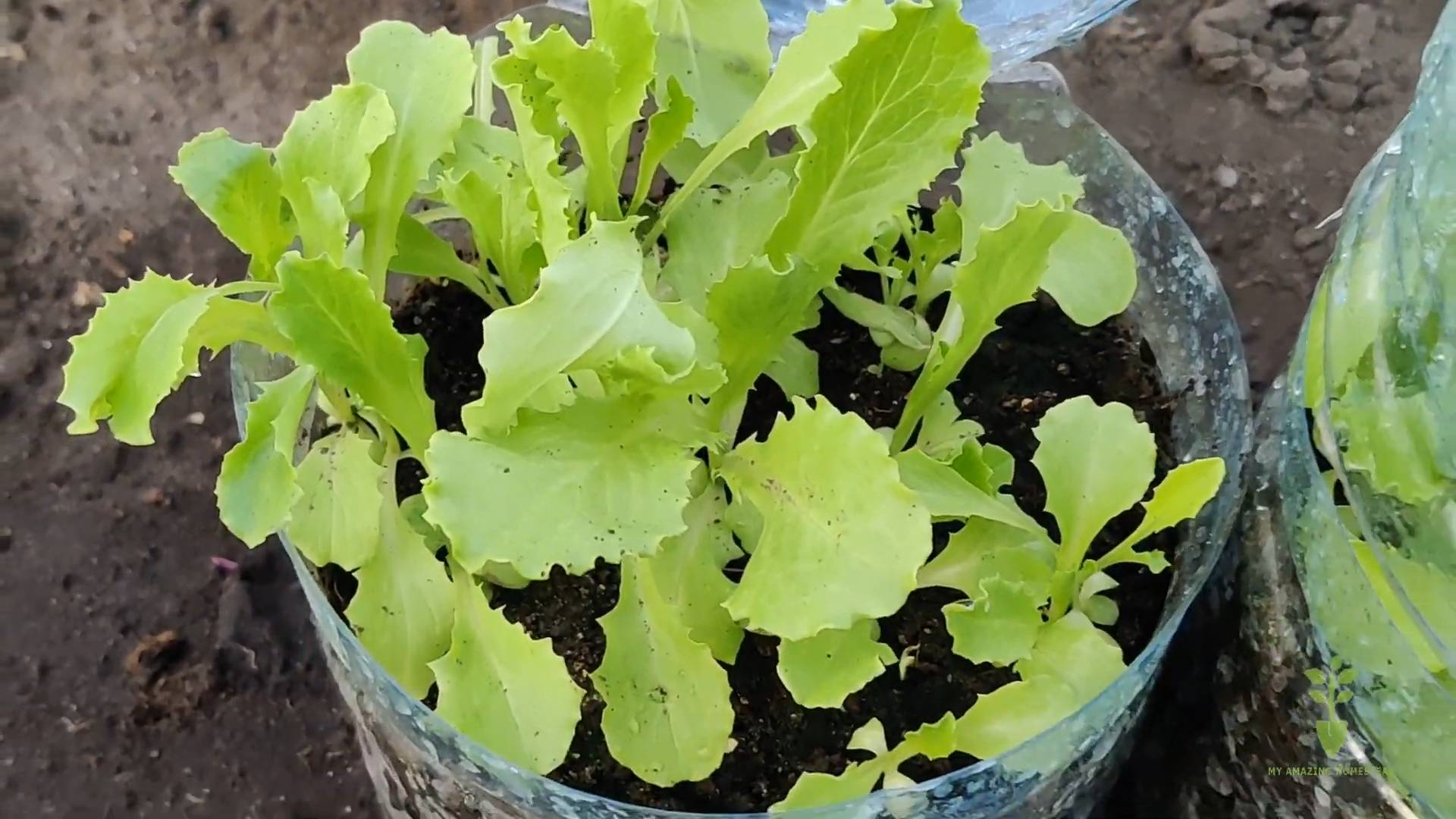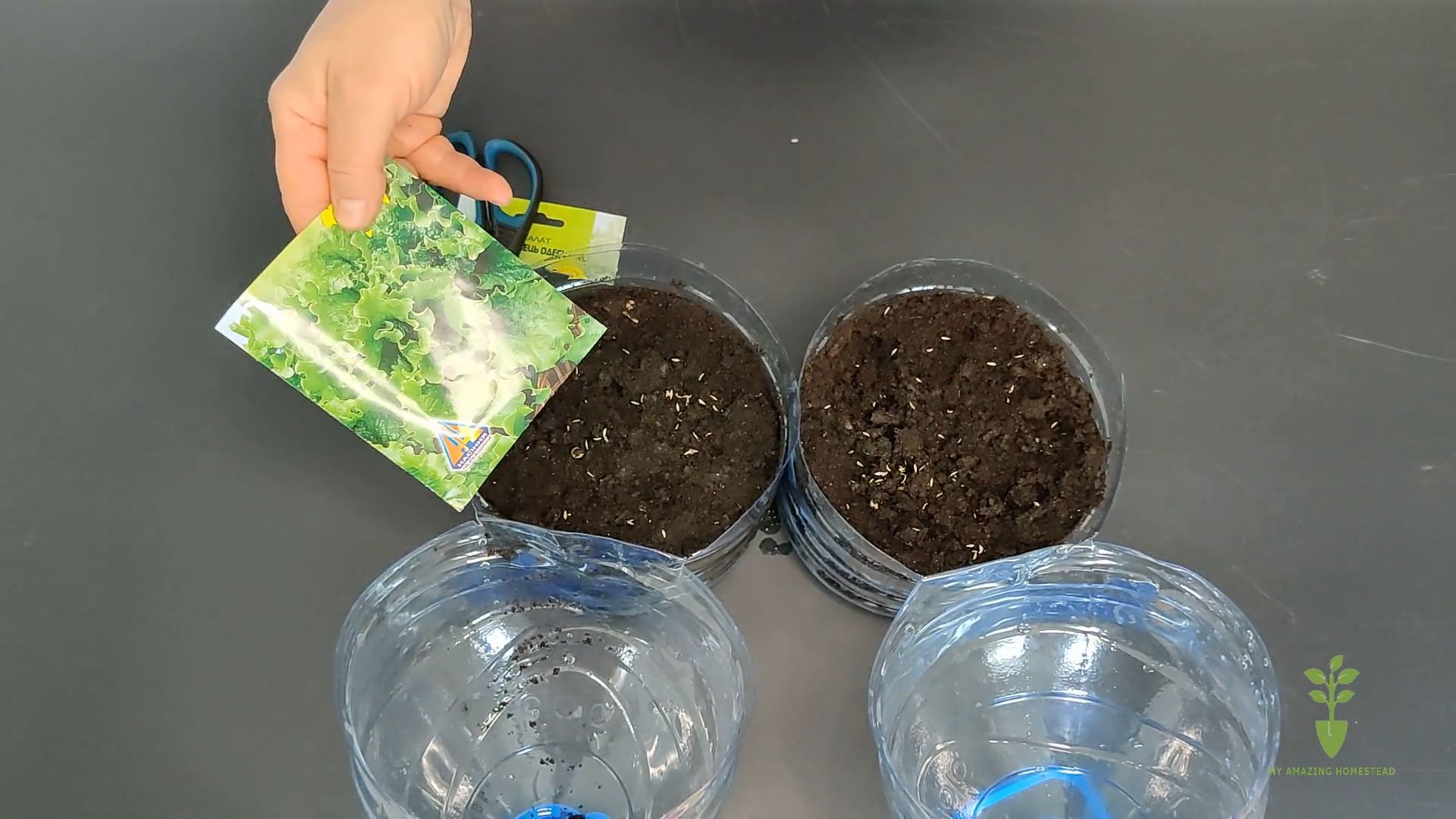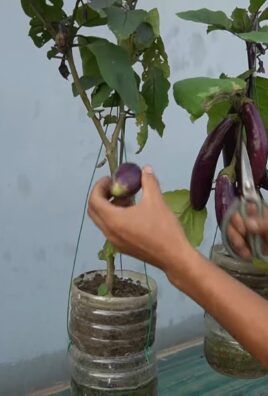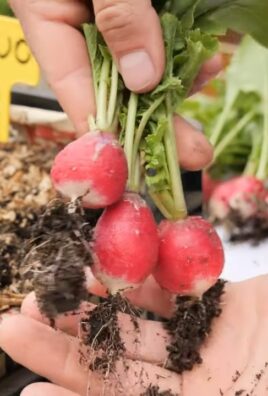Grow Lettuce at Home: Your Guide to a Fresh, Green Harvest
I’ve always loved the crisp, refreshing taste of homegrown lettuce, and that’s why I’m so excited to share my Grow Lettuce at Home guide with you! Forget those limp, tasteless supermarket leaves; imagine biting into a succulent, vibrant leaf you’ve nurtured from seed, bursting with flavor. This isn’t just about saving money; it’s about connecting with nature and enjoying the unparalleled satisfaction of harvesting your own produce.
The history of lettuce cultivation is surprisingly rich, dating back thousands of years to ancient Egypt and Rome. It wasn’t just a food source; it held symbolic meaning in various cultures, representing purity and fertility. Today, growing your own lettuce is experiencing a resurgence, driven by a growing interest in sustainable living and a desire for fresher, healthier food.
Why should you embark on this rewarding journey of growing lettuce at home? Well, for starters, you’ll have access to incredibly fresh, pesticide-free lettuce whenever you want. Imagine salads bursting with flavor, or adding a vibrant green crunch to your sandwiches – all thanks to your own green thumb! Plus, it’s a fantastically rewarding experience, especially for families with children. Watching a tiny seed sprout and grow into a lush head of lettuce is a magical process that teaches patience and responsibility.
Beyond the Basics: Unlocking the Secrets of Successful Lettuce Growing
This article will delve into practical tips and tricks, from choosing the right seeds and soil to mastering the art of watering and harvesting. We’ll explore various methods, including container gardening and vertical farming, to suit any space, from a tiny balcony to a sprawling backyard. Get ready to discover the simple joys of growing lettuce at home and experience the difference fresh, homegrown produce makes!

Harvesting Your Homegrown Broccoli: A Step-by-Step Guide
Growing your own broccoli is incredibly rewarding, but knowing when and how to harvest it is key to enjoying those delicious florets. This guide will walk you through the process, ensuring you get the most out of your hard work.
Assessing Broccoli Maturity
- Look for tightly closed florets: The main head, or crown, should be firm and compact, with the florets tightly clustered together. Avoid harvesting if the florets are starting to open or yellow.
- Check the size: A mature broccoli head is usually around 6-8 inches in diameter, though this can vary depending on the variety you’re growing. Smaller heads are fine to harvest, too; they’ll just be less substantial.
- Feel the stem: The stem should be thick and firm. A soft or wilting stem indicates the broccoli may be past its prime.
- Consider the color: The florets should be a deep, vibrant green. Yellowing or browning indicates the broccoli is overripe.
Harvesting the Main Head
- Choose the right time: The best time to harvest is usually in the morning after the dew has dried. This helps prevent the spread of diseases.
- Use a sharp knife or pruners: A dull blade can crush the stem, leading to bruising and faster spoilage. Clean your knife or pruners before you begin to avoid spreading diseases between plants.
- Cut the head cleanly: Cut the main head about 1-2 inches below the florets. This leaves a bit of stem attached, which helps prevent damage to the plant and encourages the growth of side shoots.
- Inspect the cut: Make sure the cut is clean and even. If you see any signs of disease or pests, remove the affected area and dispose of it properly.
- Handle with care: Gently place the harvested head in a container or basket to avoid bruising. Avoid stacking the heads on top of each other.
Harvesting Side Shoots (Optional)
Many broccoli varieties produce smaller side shoots after the main head is harvested. These side shoots, while smaller, are still delicious and can extend your harvest season.
- Wait for the side shoots to develop: Give the plant about 2-3 weeks after harvesting the main head to allow the side shoots to grow to a reasonable size. They’ll be smaller than the main head, typically 2-4 inches in diameter.
- Harvest when firm and compact: Use the same criteria for assessing maturity as you did for the main head. Look for tightly closed florets and a firm stem.
- Cut the side shoots cleanly: Cut the side shoots just below the florets, leaving a small portion of the stem attached. Again, use a sharp knife or pruners.
- Continue harvesting: You can continue harvesting side shoots for several weeks, depending on the variety and growing conditions. The plant will eventually stop producing new shoots.
Post-Harvest Care and Storage
Proper post-harvest care is crucial for maintaining the quality and freshness of your broccoli.
- Refrigerate promptly: Place the harvested broccoli in a plastic bag or container in the refrigerator as soon as possible. This will help slow down spoilage.
- Don’t wash until ready to use: Washing broccoli before storing can promote spoilage. Wash it just before you plan to cook or eat it.
- Store separately from other produce: Broccoli releases ethylene gas, which can accelerate the ripening of other fruits and vegetables. Store it separately to maintain its freshness.
- Use within a few days: For optimal quality, use your harvested broccoli within 2-3 days of harvesting. While it can last longer in the refrigerator, the flavor and texture will start to decline after a few days.
Troubleshooting Common Problems
Problem: Broccoli heads are loose and open.
Solution:
You likely harvested too late. Next time, harvest when the florets are tightly closed and the head is firm.
Problem: Broccoli heads are small.
Solution:
This could be due to several factors, including insufficient sunlight, poor soil conditions, or inadequate watering. Ensure your plants receive at least 6-8 hours of sunlight per day, use well-draining soil rich in organic matter, and water regularly, especially during dry periods.
Problem: Broccoli heads are yellowing or browning.
Solution:
This indicates the broccoli is overripe or has been damaged by pests or disease. Harvest promptly when the heads are a deep green and take steps to prevent pest and disease problems in the future. This might involve crop rotation, using pest-resistant varieties, or employing organic pest control methods.
Problem: Broccoli stems are tough and woody.
Solution:
This is common in older plants. Harvest the broccoli earlier in the season to avoid this problem. Also, ensure your plants receive adequate nutrients and water.
Tips for a Bountiful Broccoli Harvest
- Choose the right variety: Select a broccoli variety that is well-suited to your climate and growing conditions.
- Plant in well-drained soil: Broccoli needs well-drained soil to thrive. Amend heavy clay soils with organic matter to improve drainage.
- Provide adequate sunlight: Broccoli needs at least 6-8 hours of sunlight per day.
- Water regularly: Keep the soil consistently moist, but not waterlogged.
- Fertilize appropriately: Use a balanced fertilizer to provide the nutrients your broccoli needs.
- Monitor for pests and diseases: Inspect your plants regularly for signs of pests or diseases and take appropriate action if necessary.

Conclusion
So there you have it – a comprehensive guide to growing your own lettuce at home! This simple DIY trick isn’t just about saving money on groceries; it’s about experiencing the unparalleled freshness and flavor of homegrown produce. The satisfaction of harvesting your own crisp, vibrant lettuce leaves, knowing exactly where they came from and how they were grown, is truly rewarding. This method is a must-try for anyone, regardless of experience level, who wants to enjoy healthier, tastier lettuce and connect with the simple joy of gardening. It’s a fantastic way to introduce children to the wonders of nature and cultivate a deeper appreciation for where our food comes from. The minimal effort required yields maximum rewards, making it a perfect project for busy individuals and families alike. You’ll be amazed at how easy it is to transform a small space – a sunny windowsill, a balcony, or even a small patch of garden – into a thriving lettuce patch.
Beyond the basic method outlined, there are countless ways to personalize your homegrown lettuce experience. Experiment with different lettuce varieties – from loose-leaf to butterhead to romaine – to discover your favorites. Try growing different colors and textures for a visually stunning and diverse salad bowl. Consider adding companion plants, such as herbs like basil or chives, to enhance the flavor and deter pests. For those with limited space, vertical gardening techniques, such as using hanging planters or stacked containers, can maximize your yield. If you’re short on sunlight, consider investing in a grow light to supplement natural light, especially during the shorter days of winter. Don’t be afraid to get creative and adapt the method to suit your specific needs and environment. The possibilities are endless!
We strongly encourage you to try this simple yet effective method of growing lettuce at home. Share your experiences with us – post pictures of your thriving lettuce plants on social media using #GrowLettuceAtHome and tag us! We’d love to see your success stories and learn from your unique approaches. Whether you’re a seasoned gardener or a complete beginner, growing your own lettuce is a rewarding and fulfilling experience that will leave you with a newfound appreciation for this versatile and nutritious leafy green. Embrace the challenge, enjoy the process, and savor the delicious results! You might just find yourself hooked on the joys of home gardening. Remember, even a small success in growing your own food is a significant step towards a healthier and more sustainable lifestyle.
Frequently Asked Questions
What type of lettuce is best for beginners?
For beginners, loose-leaf lettuce varieties are generally recommended. They are relatively easy to grow, quick to mature, and less demanding than other types. Look for varieties known for their resilience and adaptability.
How much sunlight does lettuce need?
Lettuce thrives in at least six hours of sunlight per day. However, during the hottest part of the day, some shade might be beneficial to prevent wilting. If you’re growing lettuce indoors, a grow light can supplement natural sunlight, especially during winter months.
What kind of soil is best for growing lettuce?
Lettuce prefers well-drained, fertile soil that is rich in organic matter. You can use a high-quality potting mix specifically formulated for vegetables or amend your garden soil with compost to improve its drainage and nutrient content. Ensure the soil is consistently moist but not waterlogged.
How often should I water my lettuce?
Water your lettuce regularly, keeping the soil consistently moist but not soggy. The frequency of watering will depend on factors such as weather conditions, soil type, and pot size. It’s best to check the soil moisture level before watering; if the top inch feels dry, it’s time to water.
What are some common problems when growing lettuce?
Common problems include pests (slugs, aphids), diseases (downy mildew, leaf spot), and nutrient deficiencies. Regularly inspect your plants for signs of pests or diseases and take appropriate action if necessary. Ensure your plants receive adequate nutrients by using a balanced fertilizer.
Can I grow lettuce in containers?
Absolutely! Container gardening is a great option for growing lettuce, especially if you have limited space. Choose containers that are at least 6 inches deep and have drainage holes. Ensure the containers are large enough to accommodate the mature size of the lettuce variety you choose.
How long does it take to harvest lettuce?
The time it takes to harvest lettuce depends on the variety and growing conditions. Loose-leaf lettuces typically mature in 4-6 weeks, while other types may take longer. You can begin harvesting outer leaves as soon as they reach a desirable size, allowing the inner leaves to continue growing.
What should I do if my lettuce bolts?
Bolting, where the lettuce plant sends up a flower stalk, is often caused by stress such as heat or drought. While bolted lettuce is still edible, it will be bitter and less palatable. To prevent bolting, ensure your lettuce plants receive consistent moisture and avoid exposing them to extreme temperatures.
Can I save seeds from my homegrown lettuce?
You can try saving seeds from your homegrown lettuce, but it’s important to note that the resulting plants may not be true to type. Allow the flower stalks to fully mature and dry before collecting the seeds. Proper seed saving techniques are essential for successful germination.
What are the benefits of growing my own lettuce?
Growing your own lettuce offers numerous benefits, including fresher, tastier lettuce, reduced grocery bills, a greater connection to your food source, and the satisfaction of nurturing plants from seed to harvest. It’s also a fun and educational activity for the whole family!




Leave a Comment